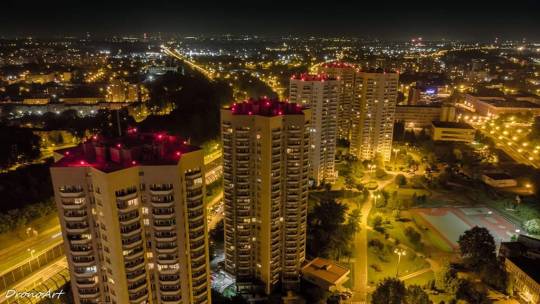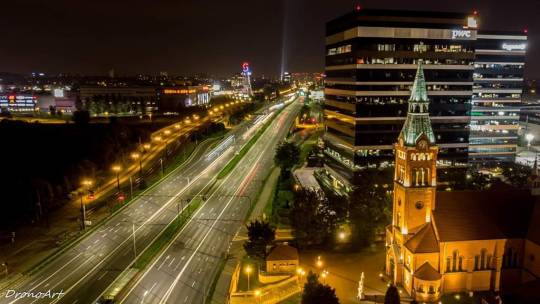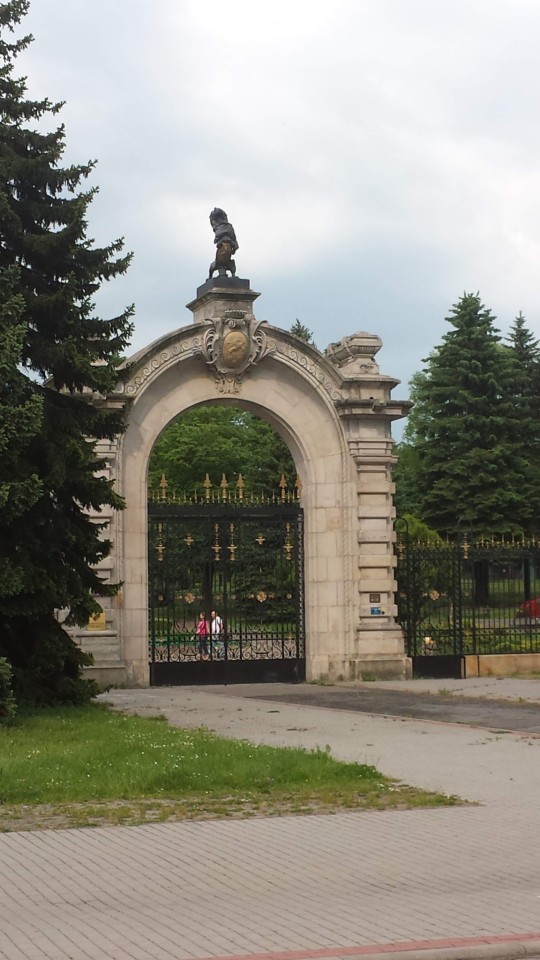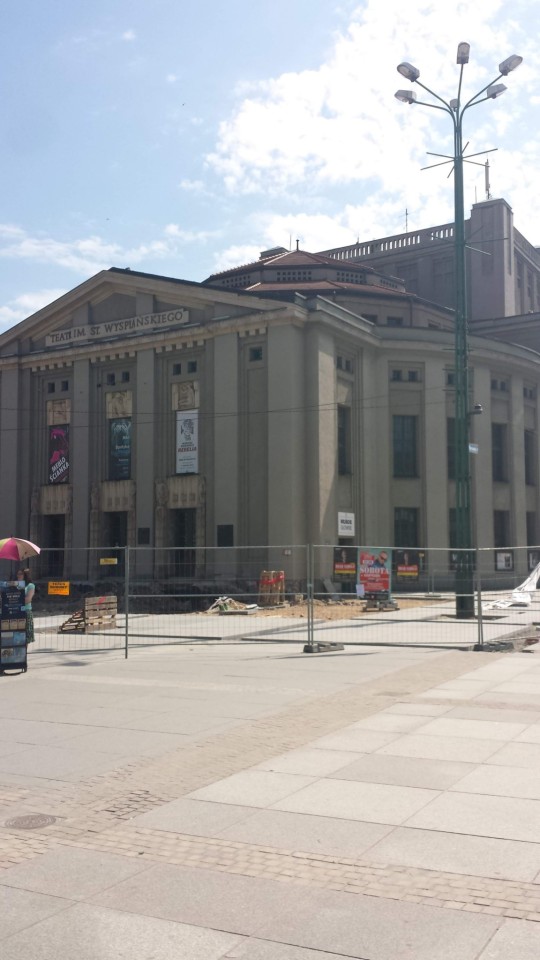#Kattowitz
Text


KATTOWITZ / KATOWICE - POLAND.
#Katowice#Kattowitz#pocztówka#litho#collage#post card#kartka#Polonaise#Polonia#poland#polska#Pologne
4 notes
·
View notes
Text

Helmut Leherb (Austrian, 1933 – 1997) - Die Kattowitzer Madonna
picture resolution 2048 × 2963
More by #helmut leherb enjoypaitings
9 notes
·
View notes
Text


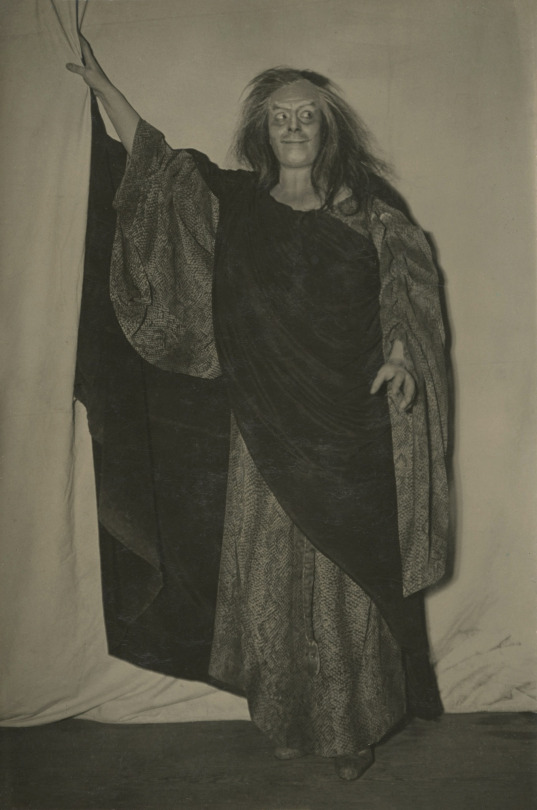

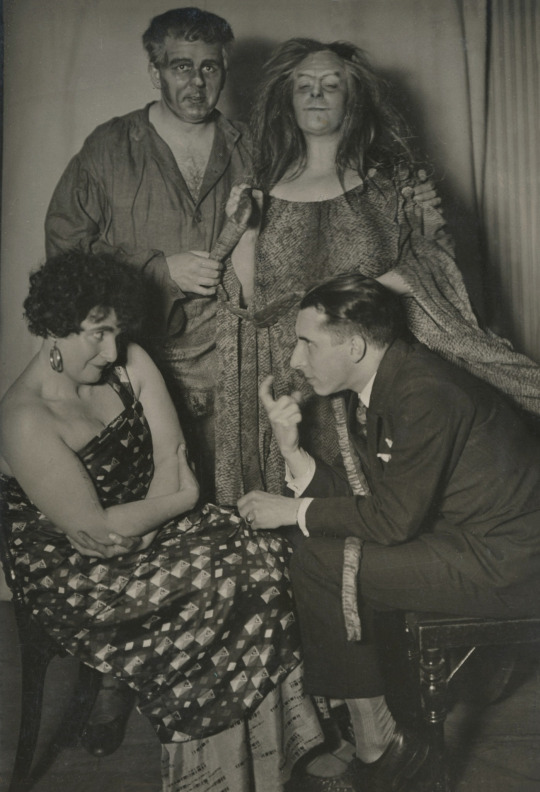
The soprano Fanni Wahrmann-Schöllinger - part two
Here are a few photos of her roles in Strauss operas.
Fanni Wahrmann-Schöllinger, soprano, (* 4.8.1890 Vienna, † 18.7.1970 Hannover), received her training mainly from the great Wagner soprano Amalie Materna in Vienna, made her debut in 1910 at the theater in Kattowitz and then sang there at the Stadttheater Posen (Poznań, 1911-12) and at the Rostock City Theater (1912-17). In the following years she was engaged at the Stadttheater Kiel (1917-19), then at the Landestheater Dessau (1919-24), where she sang the title role in the premiere of the opera »Magda Maria« by O. von Chelius. The highlight of her career was an engagement at the Hanover Opera House in the years 1924-34. Here she expanded her originally more lyrical role repertoire (Elsa, Gutrune, Mimi, Aida) with highly dramatic roles and then sang Brünnhilde in Götterdämmerung, Leonore in Fidelio and Isolde in »Tristan« and the wet nurse in »Frau ohne Schatten« by Richard Strauss. As a respected Wagner interpreter, she sang Ortlinde in Die Walküre at the Bayreuth Festival in 1924. The singer, who was married to the actor Ernst Wahrmann, lived in Hanover around 1950 as a teacher.(Infos by Kutsch-Riemens)
#Fanni Wahrmann-Schöllinger#soprano#Fanny Schöllinger#opera#classical music#bel canto#music history#composer#music teacher#voice teacher#singing teacher#singing lessons#music lessons#voice lessons#aria#diva#primadonna#pedagogue#classical studies#chest voice#Richard Strauss#Strauss#classical composer#Salome#Rosenkavalier#Frau Ohne Schatten#classical singer#opera singer#classical singing#singer
5 notes
·
View notes
Text
Entdecken Sie das faszinierende Kattowitz in Polen!


0 notes
Video
youtube
URBEX Guy Clément POLSKA | CHORZOW | LA CATHEDRALE VIDEO - N'hésites pas à t'abonner à ma chaîne et activer les notifications 🔔pour être informé de mes prochaines explorations et découvertes! Feel free to subscribe my channel and activate notifications 🔔to be aware about my next explorations and discoveries! Une exploration en Pologne dans le Ville de Chorzow au nord de la ville de Katowice en Silésie. Vous trouverez une multitude de lieux abandonnés. An exploration in Poland in the town of Chorzow north of the city of Katowice in Silesia. You will find a multitude of abandoned places. Eine Erkundungstour in Polen in der Stadt Chorzow im Norden der schlesischen Stadt Kattowitz. Hier finden Sie eine Vielzahl von verlassenen Orten. Una exploración en Polonia en la ciudad de Chorzow al norte de la ciudad de Katowice en Silesia. Usted encontrará una multitud de lugares abandonados. Un'esplorazione in Polonia nella città di Chorzow a nord della città di Katowice in Slesia. Troverete una moltitudine di luoghi abbandonati. Eksploracja w Polsce w miejscowości Chorzow na północ od miasta Katowice na Śląsku. Znajdziesz wiele opuszczonych miejsc. Uma exploração na Polônia na cidade de Chorzow, no norte da cidade de Katowice, na Silésia. Você encontrará uma infinidade de lugares abandonados. Исследование в Польше в городе Хожоу к северу от города Катовице в Силезии. Вы найдете множество заброшенных мест. Retrouvez-moi sur les réseaux / Follow me for daily content: 👍 Facebook: Urbex Guy Clement https://www.facebook.com/profile.php?.. . 👉 Youtube URBEX Guy Clément https://www.youtube.com/channel/UCNhQ... 📸 Instagram: @abandoned.urbex.world / abandoned.u. . 🎵TikTok: @urbexguyclement / urbexguycleme. . 🐦Twitter: @GuyPellegrin / guypellegrin #amazing #abandoned #urbex
0 notes
Text
Five steps of Wikipedia for Tuesday, 7th November 2023
Welcome, Willkommen, こんにちは, أهلا وسهلا 🤗
Five steps of Wikipedia from "Konrad Kumor" to "1. FC Katowice". 🪜👣

Start page 👣🏁: Konrad Kumor
"Konrad Kumor (born 11 April 2000) is a Polish footballer who plays as a right-back for Szczakowianka Jaworzno...."
Step 1️⃣ 👣: Zagłębie Sosnowiec
"Zagłębie Sosnowiec (Polish pronunciation: [zaˈɡwɛmbjɛ sɔsˈnɔvjɛts]) is a Polish professional football club based in Sosnowiec. The club was established in 1906. It won Polish Cup four times (1962, 1963, 1977, 1978), and also was four times Polish runner up (1955, 1964, 1967, 1972). Apart from..."
Step 2️⃣ 👣: Andrzej Jarosik
"Andrzej Władysław Jarosik (born 26 November 1944) is a former Polish footballer who played as a forward...."
Step 3️⃣ 👣: 1929 Ekstraklasa
"Statistics of Ekstraklasa for the 1929 season...."
Step 4️⃣ 👣: 1. FC Kattowitz
"1. FC Kattowitz (Polish: 1. FC Katowice) was an ethnically German football club playing in what was Kattowitz, Silesia Province in Germany (now Katowice, Silesian Voivodeship, Poland) and was active during the inter-war period and World War II when the two countries struggled over control of the..."

Image by
Origional Designer: Unknown authorUnknown author
Vectorized: Schläsinger
Step 5️⃣ 👣: 1. FC Katowice
"1. FC Katowice is a Polish football club from Katowice, Silesian Voivodeship and was founded in 2007 as a reactivation by the Silesian Autonomy Movement of the 1945 dissolved 1. FC Kattowitz...."

Image by
Origional Designer: Unknown authorUnknown author
Vectorized: Schläsinger
0 notes
Text

Der "Schweigepapst"
Aus den Geheimarchiven von Papst Pius XII
Gemeint damit ist Papst Pius XII, der sich bis zum Kriegsende nie öffentlich zu den Verbrechen der Nazis geäußert hatte, was der Dramatiker Rolf Hochhut in seinem Stück "Der Stellvertreter" thematisierte. Nun hat der Archivar Giovanni Coco, einer der offiziellen Forscher, die damit beauftragt sind, die Bestände des Vatikanischen Archivs aus der Zeit des Pontifikats von Pius XII. zu sichten und zu ordnen, einen vergilbten Brief vom 14. Dezember 1942 gefunden.
Es war ein Schreiben des deutschen Jesuiten und Nazi-Gegners Lothar König an Robert Leiber, einen deutschstämmigen persönlichen Assistenten von Papst Pius XII. Vor einer Woche wurde der Inhalt des Briefs in der Literaturbeilage des «Corriere della Sera» publiziert. Das Dokument belegt, dass der Papst über die Kriegsverbrechen der Nazis in den Vernichtungslagern Kenntnis hatte.
Nzz.ch zitiert aus dem Brief: «Lieber Freund!», schreibt König, «die letzten Angaben über Rawa Russka mit seinem SS-Hochofen, wo täglich bis zu 6000 Menschen, vor allem Polen und Juden, umgelegt wurden, habe ich erneut über andere Quellen bestätigt gefunden. Auch der Bericht über Oschwitz (Auschwitz) bei Kattowitz stimmt.» Mit «Rawa Russka» (eigentlich Rawa-Ruska) ist eine Stadt im Westen der Ukraine gemeint, vor deren Toren das 1942 fertiggestellte Vernichtungslager Belzec lag.
Da der gefundene Brief nur Teil einer längeren Korrespondenz zwischen den beiden Deutschen war, wird es noch weitere Beweise geben. Dass König den Papst über den Inhalt informierte, ist aufgrund seiner Stellung als persönlicher Assistent des Papstes sicher. Einen Hinweis darauf gibt auch die Weihnachtsansprache des Papstes vom 24. Dezember 1942, in der er erstmals deutlicher von den "Hunderttausenden" sprach, "die ohne eigenes Verschulden, bisweilen nur aufgrund ihrer Nationalität oder Rasse dem Tod oder fortschreitender Vernichtung preisgegeben sind" - ohne die Mörder beim Namen zu nennen.
Erst 2019 hatte Papst Franziskus beschlossen, dass die Geheimarchive aus der Zeit des Pontifikats von Pius XII. geöffnet werden dürfen. Vielleicht wird man dann auch "irgendwann" mal mehr erfahren über die "Rattenlinien" (auch Klosterrouten genannt), die Organisation der Fluchtrouten für führende Nazis, SS- und Ustascha-Leute nach Kriegende in die Staaten Südamerikas.
Mehr dazu bei https://www.nzz.ch/feuilleton/pius-xii-und-die-nazis-brisanter-brief-aus-dem-geheimarchiv-ld.1756700
Kategorie[21]: Unsere Themen in der Presse Short-Link dieser Seite: a-fsa.de/d/3wp
Link zu dieser Seite: https://www.aktion-freiheitstattangst.org/de/articles/8534-20230925-der-schweigepapst.htm
#PapstPiusXII#Geheimarchive#Brief#Verbrechen#Rechtsaußen#Nazis#Faschisten#Rassismus#KZ#Ausschwitz#Belzec#Rawa-Ruska#RolfHochhut#Stellvertreter#Kirche#Rattenlinie#Südamerika
1 note
·
View note
Text
History
June 28
June 28, 1862 - During the American Civil War, the siege of the Confederate city of Vicksburg began as Admiral David Farragut succeeded in taking a fleet past the Mississippi River stronghold. The siege continued over a year.
June 28, 1914 - Archduke Francis Ferdinand, Crown Prince of Austria and his wife were assassinated at Sarajevo, touching off a conflict between the Austro-Hungarian government and Serbia that escalated into World War I.
June 28, 1919 - The signing of the Treaty of Versailles formally ended World War I. According to the terms, Germany was assessed sole blame for the war, forced give up Alsace-Lorraine and overseas colonies, and pay reparations of $15 Billion. The treaty also prohibited German rearmament.
Birthday - Flemish painter and diplomat Peter Paul Rubens (1577-1640) was born in Siegen, Westphalia, Germany. Regarded as the greatest of Flemish painters, he was considered the master artist of his day. He was also skilled in science and politics and spoke seven languages. Among his masterpieces; Le Coup de Lance and The Descent from the Cross.
Birthday - Philosopher Jean-Jacques Rousseau (1712-1778) was born in Geneva, Switzerland. His book The Social Contract stated that no laws are binding unless agreed upon by the people, a concept that deeply affected the French. In his novel Emile he challenged harsh child-rearing methods of his day and argued that young people should be given freedom to enjoy sunlight, exercise and play. "Man is born free," he wrote in The Social Contract, "and everywhere he is in chains."
Birthday - German-American physicist Maria Goeppert Mayer (1906-1972) was born in Kattowitz, Germany. She participated in the secret Manhattan Project, the building of the first atomic bomb. She later became the first American woman to win the Nobel Prize, sharing the 1963 prize for physics for works explaining atomic nuclei, known as the nuclear shell theory.
0 notes
Photo

“Six Trainloads of French Troops Are Held Up By Silesian Workmen,” Kingston Daily Standard. August 16, 1920. Page 1.
----
(Canadian Press Despatch)
London, Aug. 16. - Workmen in upper Silesia regard France's recognition of General Wrangel as equivalent to a declaration war on Russia, and accordingly will refuse to recognize French representatives on the plebiscite commission, contending they are not neutral, says the Daily Mail’s Kattowitz correspondent.
Six trains of French troops from Teschen, the correspondent states, have been held up at Gliewitz, by workmen who feared they were going to help Poland. The French commander, he ads, then issued an ultimatum demanding a clear passage or he would use machine guns. The workmen are said to be armed.
The Belgian government has forbidden the shipment of ammunition which has arrived at Antwerp from France, destined for General Wrangel, according to an Antwerp despatch This action, it is believed, was due to the announcement by Belgian workmen that they would refuse to handle the shipment
#silesia#1921 Upper Silesia plebiscite#working class politics#russian revolution#russian civil war#weimar republic#weimarer republik#socialist workers#socialist internationalism#arms shipments#anti-imperialism
0 notes
Text
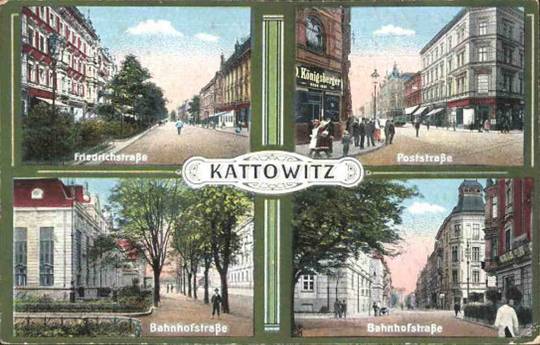
Kattowitz, Oberschlesien - now: Katowice, Górny Śląsk, Poland,.
3 notes
·
View notes
Photo


591) Jungdeutsche Partei in Polen, JDP, Partia Młodoniemiecka w Polsce, Young German Party in Poland - założona w 1931 r. w Bielsku, narodowosocjalistyczna partia mniejszości niemieckiej działająca w granicach II Rzeczypospolitej. Działała w latach 1931-1939. W połowie lat 30. XX wieku liczyła w Polsce tysiące członków. Partia miała swoje korzenie w założonym w roku 1921 w Bielsku na Śląsku Cieszyńskim, Niemieckim Związku Narodowo-Socjalistycznym dla Polski. Od roku 1930 zmieniła nazwę na Partia Młodoniemiecka w Polsce, dążąc jednocześnie do rozszerzenia swoich wpływów na całą mniejszość niemiecką zamieszkałą na terenie II RP. Celem partii była monopolizacja sceny politycznej w środowisku Niemców zamieszkałych w Polsce i w tym celu zwalczała ona inne niemieckie organizacje i partie, starając się je wchłonąć. Przywódcą partii był Rudolf Wiesner, którego organizacja kreowała na führera wszystkich Niemców mieszkających w przedwojennej Polsce. Oprócz Wiesnera innymi znanymi działaczami partii byli Theodor Bierschenk oraz O. Drozd. Partia młodoniemiecka w Polsce jednak ostro rywalizowała z inną niemiecką organizacją, Deutsche Vereinigung (DV). Oprócz JDP na terenie Polski działała również inna narodowosocjalistyczna organizacja – Landesgruppe Polen der NSDAP – wydająca gazetę „Idee und Wille”. W połowie lat 30. JDP stała się główną ogólnokrajową prohitlerowską partią polityczną mniejszości niemieckiej w Polsce opartą na ideologii narodowego socjalizmu. Stanowiła „polską odmianę NSDAP” zarówno pod względem programowym, jak i metod działania. Organizacyjnie JDP, podobnie jak inne niemieckie organizacje w przedwojennej Polsce, podlegała Hauptamt Volksdeutsche Mittelstelle zwanej w skrócie VoMI kierowanej przez obergruppenführera SS Wernera Lorenza. Członkowie JDP nosili uniformy ze swastyką, organizowali zloty i pochody. Prowadzili agresywną i niewybredną propagandę antypolską, tworzyli własne bojówki i oddziały szturmowe, które prowokowały bójki oraz stosowały zastraszanie przeciwników. W latach 1938–1939 partia wysuwała żądania autonomii dla Niemców w granicach II RP. W maju 1939 r. kierownik partii Rudolf Wiesner przy wsparciu dwóch kapitanów Wehrmachtu z Wrocławia: kpt. Flecka oraz kpt. Funka zainicjował tworzenie tzw. Freikorps der Gewerkschaft Deutscher Arbeiter (Korpus Ochotniczy Związku Zawodowego Niemieckich Robotników). Utworzyli oni z członków mniejszości niemieckiej zamieszkałej na terenie Śląska trzy oddziały Freikorpsu: w Bielsku – Ortsgruppe Bielitz, w Katowicach – Ortsgruppe Kattowitz i w Rybniku – Ortsgruppe Rybnik. Z dokumentów niemieckich odnalezionych przez Andrzeja Szefera w archiwum w Opawie wynika, że ponad połowę osób wcielonych do Freikorpsu stanowili członkowie partii JDP. Celem Freikorpsu przed atakiem na Polskę było gromadzenie broni i prowadzenie szkolenia wojskowego oraz sabotaż i organizowanie akcji prowokacyjnych. W trakcie wojny Freikorps miał za zadanie zabezpieczać przed zniszczeniem ważne obiekty przemysłowe, drogi i mosty oraz prowadzić partyzantkę wymierzoną w Wojsko Polskie. Po decyzji, która zapadła między 8 a 10 września 1939 roku w Berlinie, o utworzeniu z członków mniejszości niemieckiej w Polsce paramilitarnej organizacji Volksdeutscher Selbstschutz, freikorpsy weszły w jej skład. Organizacja wydawała szereg gazet:
„Das Freie Wort” – Bielsko
„Der Aufbruch” – początkowo wydawane w Bielsku a później w Katowicach
„Völkischer Anzeiger” – Łódź.
Partia Młodoniemiecka miała w II RP szereg oddziałów:
Pomorze – pełnomocnikiem partii na teren Pomorza była Berta Spitzer z Młotkowa
Obwód w Bielsku i Białej – komisarz obwodowy Rudolf Wiesner
Obwód w Lesznie – Artur Krämer
Obwód we Włoszakowicach – komisarz obwodowy Heinz Hoffman
Obwód w Pabianicach – komisarz obwodowy Emil Schmidt.
0 notes
Text

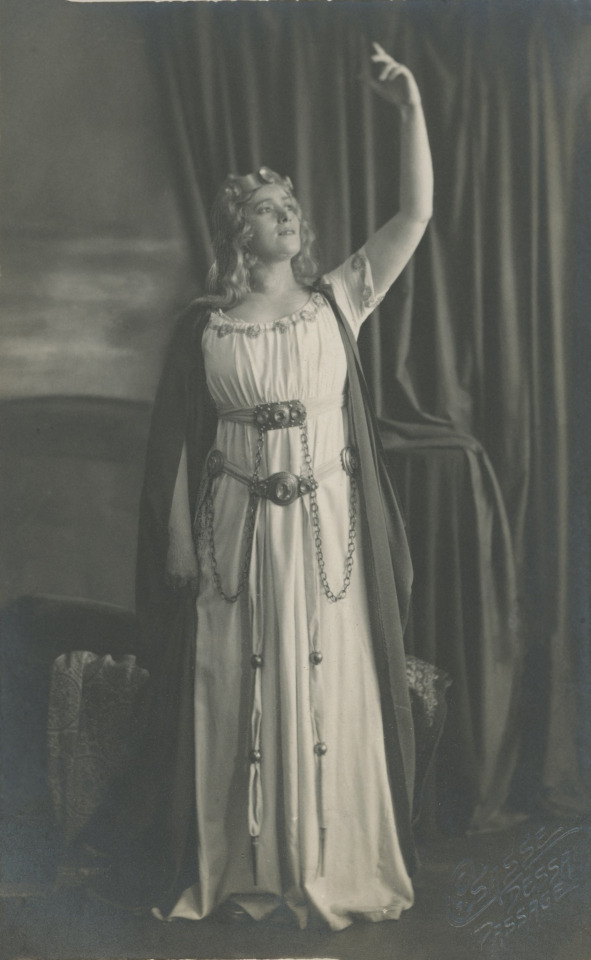
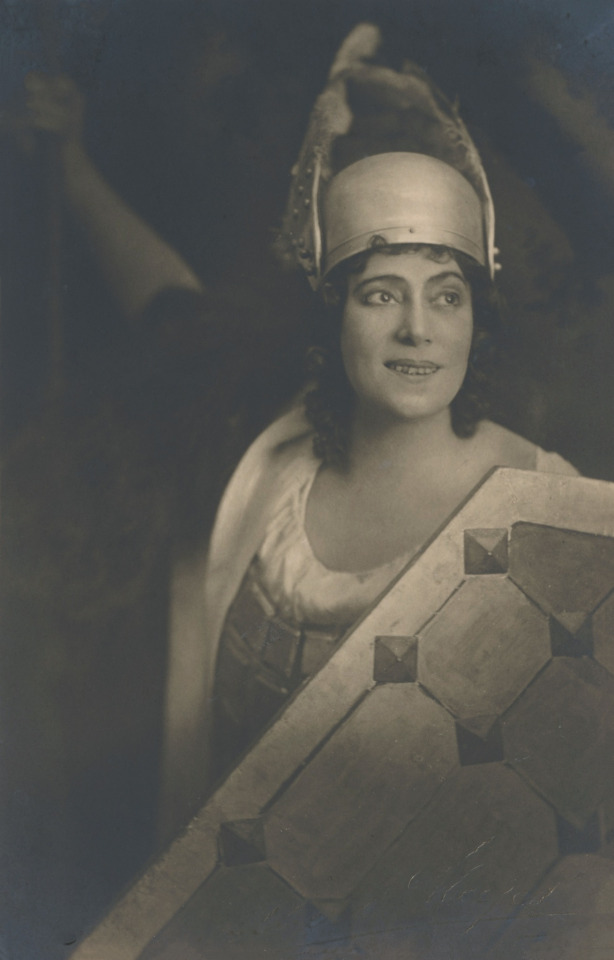

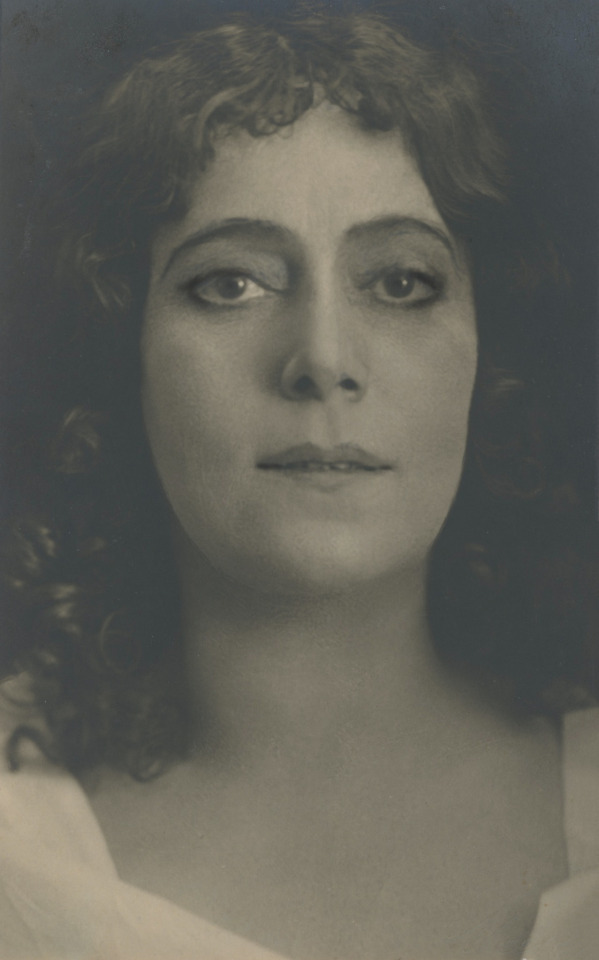



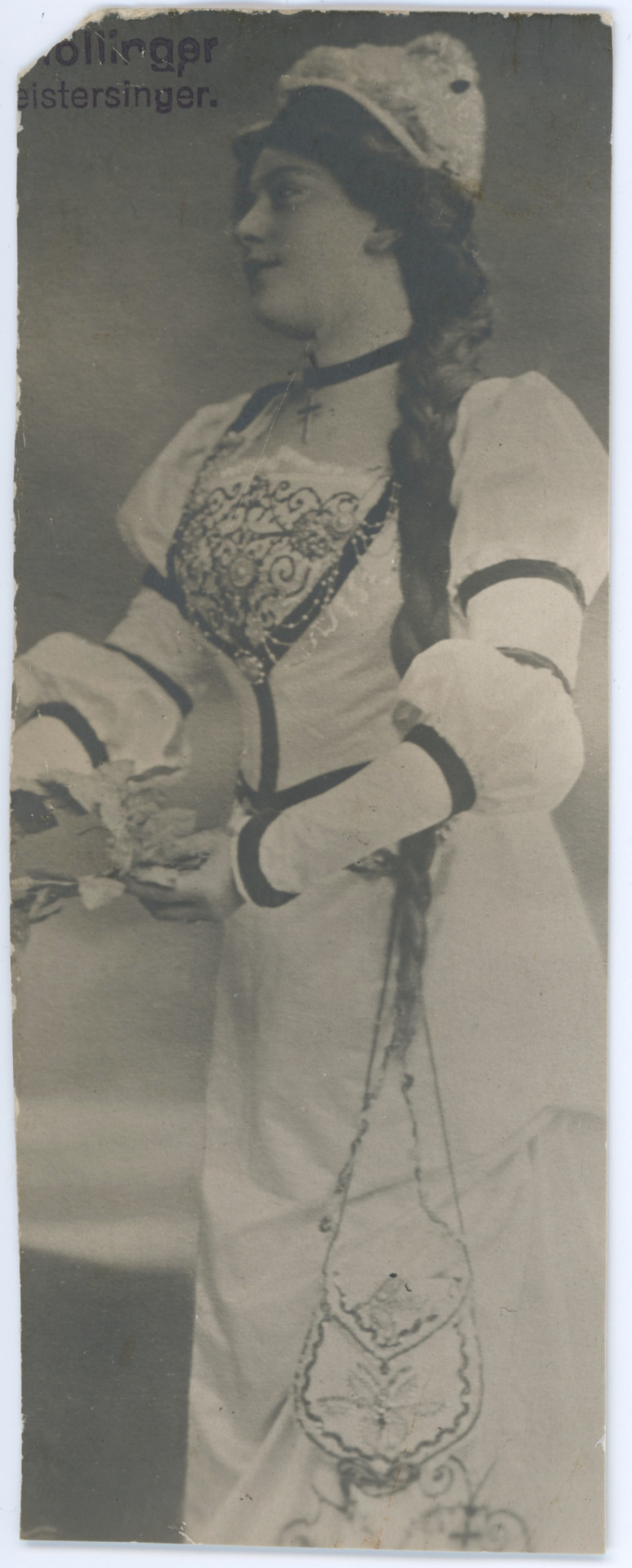

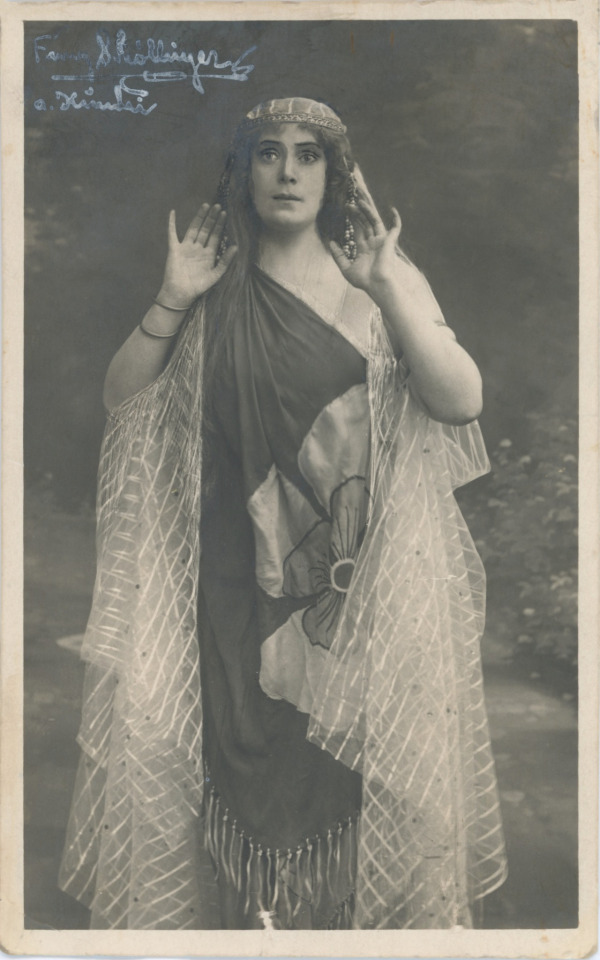

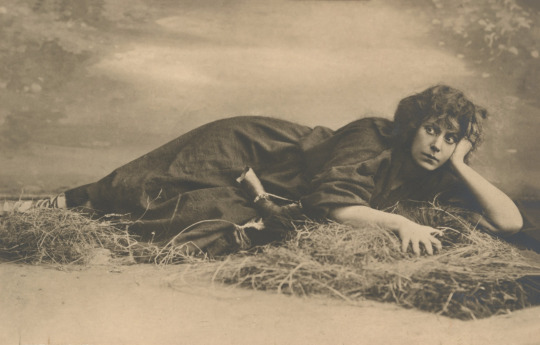


Fanni Wahrmann-Schöllinger, soprano, (* 4.8.1890 Vienna, † 18.7.1970 Hannover), received her training mainly from the great Wagner soprano Amalie Materna in Vienna, made her debut in 1910 at the theater in Kattowitz (Kattowitz) and then sang there at the Stadttheater Posen (Poznań, 1911-12) and at the Rostock City Theater (1912-17). In the following years she was engaged at the Stadttheater Kiel (1917-19), then at the Landestheater Dessau (1919-24), where she sang the title role in the premiere of the opera »Magda Maria« by O. von Chelius. The highlight of her career was an engagement at the Hanover Opera House in the years 1924-34. Here she expanded her originally more lyrical role repertoire (Elsa, Gutrune, Mimi, Aida) with highly dramatic roles and then sang Brünnhilde in Götterdämmerung, Leonore in Fidelio and Brangäne in »Tristan« and the wet nurse in »Frau ohne Schatten« by Richard Strauss. As a respected Wagner interpreter, she sang Ortlinde in Die Walküre at the Bayreuth Festival in 1924. The singer, who was married to the actor Ernst Wahrmann, lived in Hanover around 1950 as a teacher.
#Fanni Wahrmann-Schöllinger#soprano#Fanny Schöllinger#music history#classical music#opera#bel canto#music teacher#voice teacher#singing teacher#singing lessons#music lessons#voice lessons#aria#diva#primadonna#Carmen#Georges Bizet#Tristan und Isolde#Walküre#Siegfried#Götterdämmerung#Tannhäuser#Lohengrin#Meistersinger von Nürnberg#Parsifal#Richard Wagner#Wagner#pedagogue#classical studies
3 notes
·
View notes



